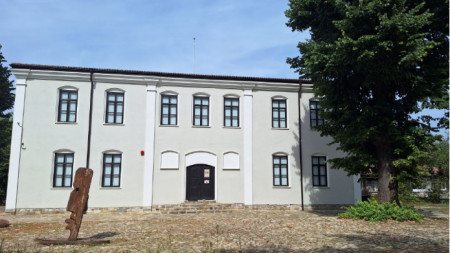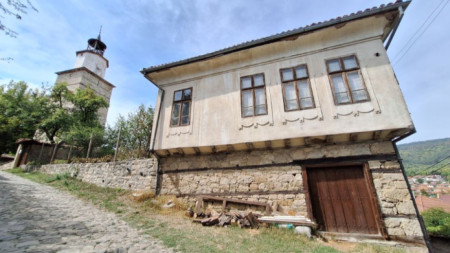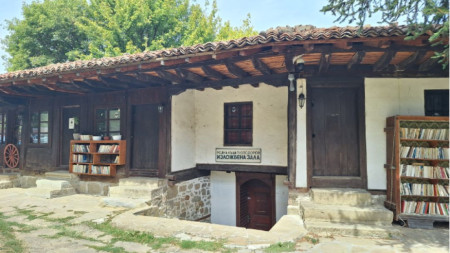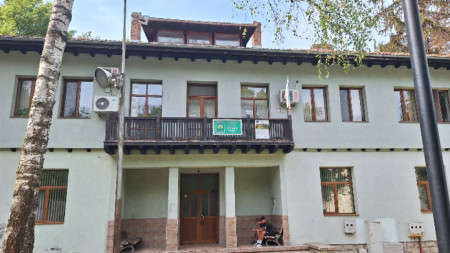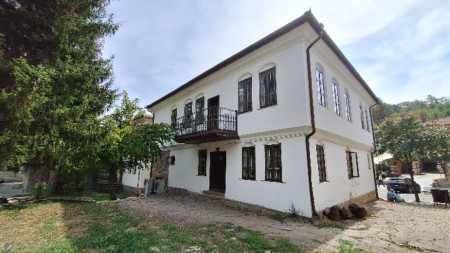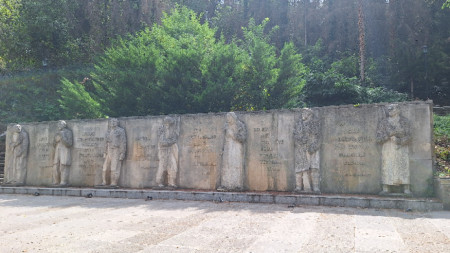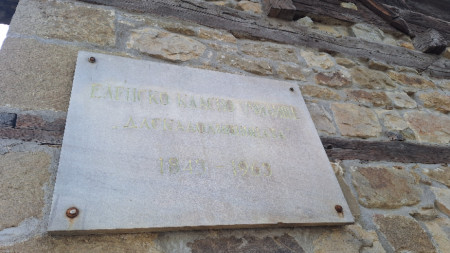سهم
Text size
Bulgarian National Radio © 2025 All Rights Reserved
The town of Elena - lessons in Bulgarian history amidst fascinating National Revival architecture
نشر بتاريخ ٢٣/٩/٢٠٢٥ ٥:٠٥ م
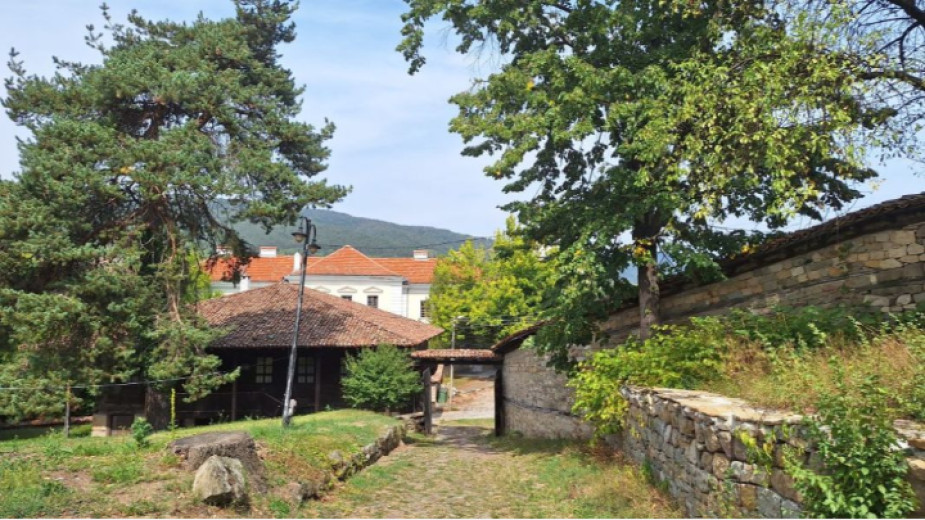 10
10
Photo: Rositsa Petkova
The picturesque town of Elena is located in the middle part of the Balkan Mountains, the so-called Elenski Balkan arae, about 40 km from the medieval capital of Bulgaria - the town of Veliko Tarnovo.
It is a must-see for those lovers of Bulgarian history who wish to walk along its cobblestone streets and contemplate its beautiful National Revival period (18-19 century) architecture dating to the early 19th century.
It is believed that the town was founded before the fall of Bulgaria under Ottoman rule. During the National Revival period, it became one of the major educational, commercial and craft centres, as its inhabitants participated in all important historical events.

One of the most emblematic buildings is that of the so-called "Daskalolivovnitsa" - the first class school in Bulgaria for the training of teachers. Celebrated Bulgarian poet Petko Slaveykov, who was one of the school's graduates, gave it the romantic name "Daskalolivnitsa" - a place where teachers are "cast", similar to the word "sveshtolovnista" - a workshop where candles are cast.
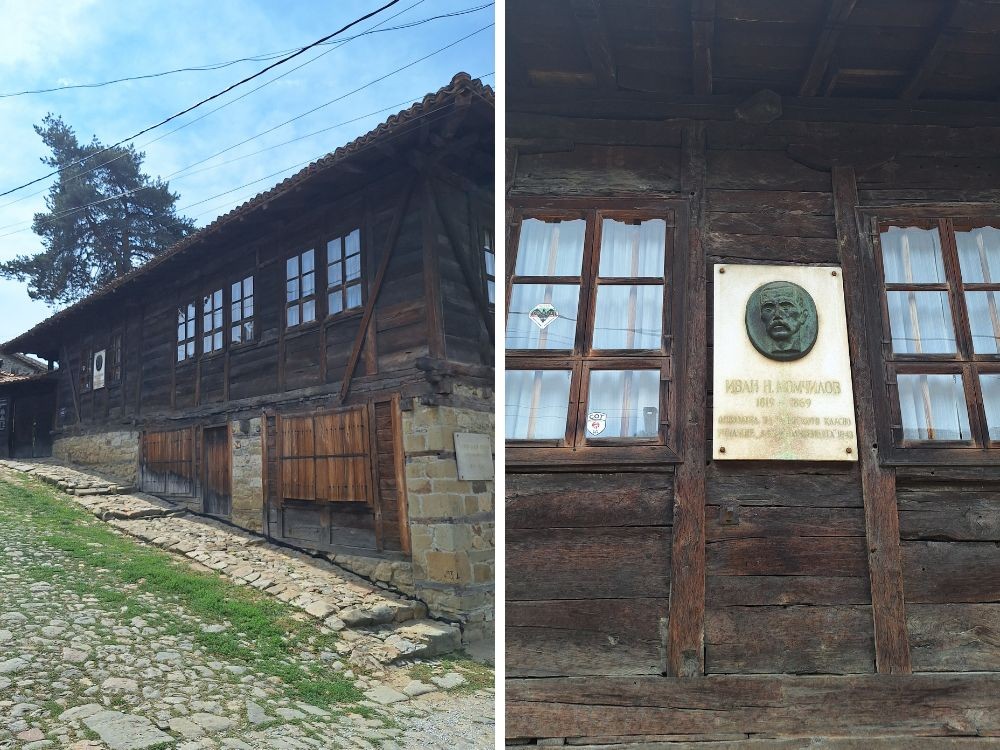
The Daskalolivovnitsa school was founded in 1843 by Ivan Momchilov. The construction of the school building involved all the residents of Elena investing their money and labor.
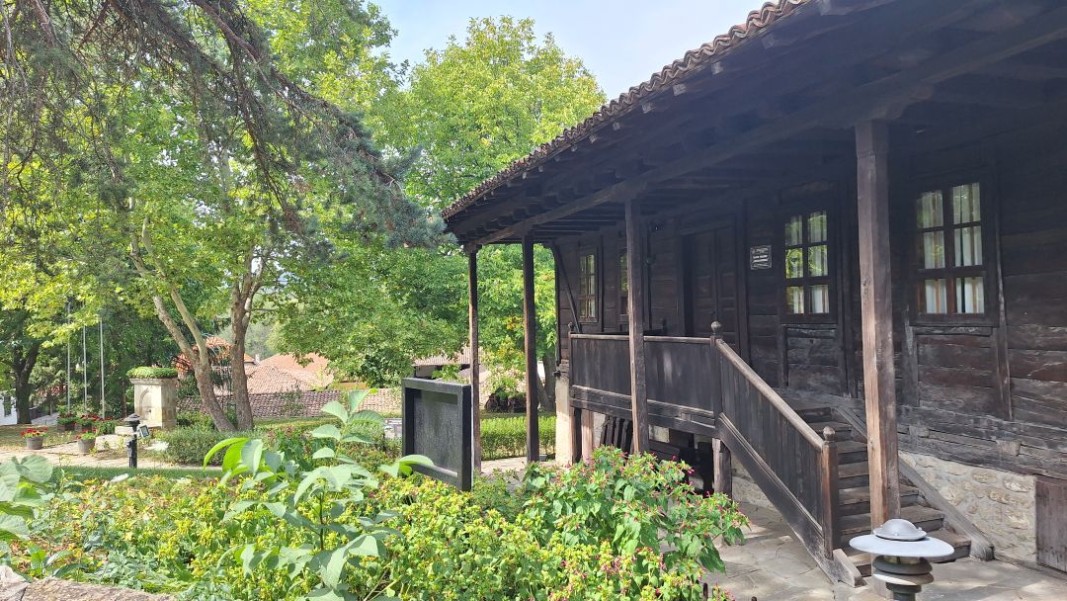
The oldest church in the town of Elena is the Saint Nikola church, for which there are written documents dating to 1518. In 1800 it was destroyed by the Turks and then rebuilt in just 40 days in 1804.


In front of the Saint Nikola church there is a monument to one of Bulgaria's most prominent iconographers from the early 19th century Zahari Zograf and his circle of life.
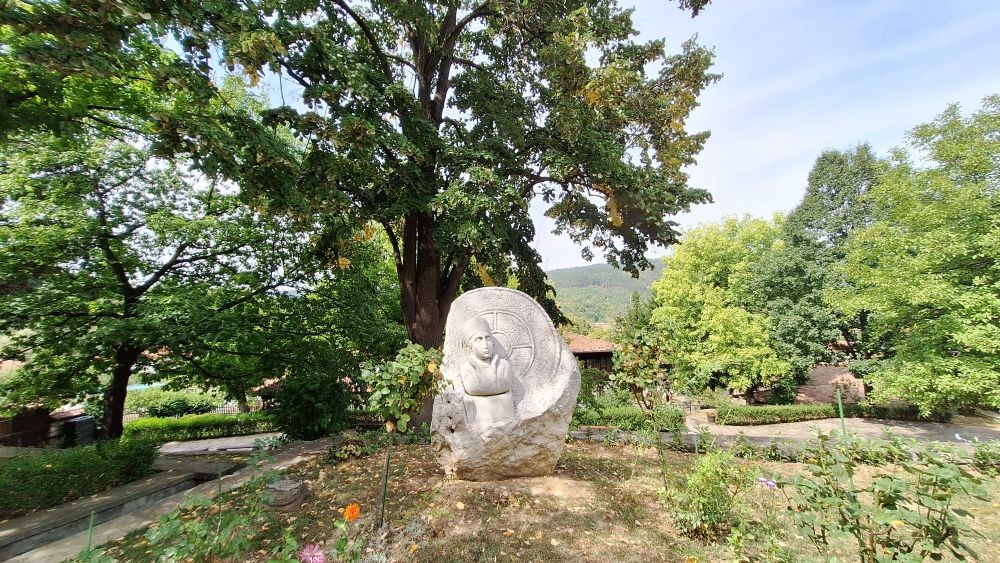
Next to it is the impressive church of the Assumption of the Theotokos (Uspenie Bogorodichno), built in 1838 entirely of stone.
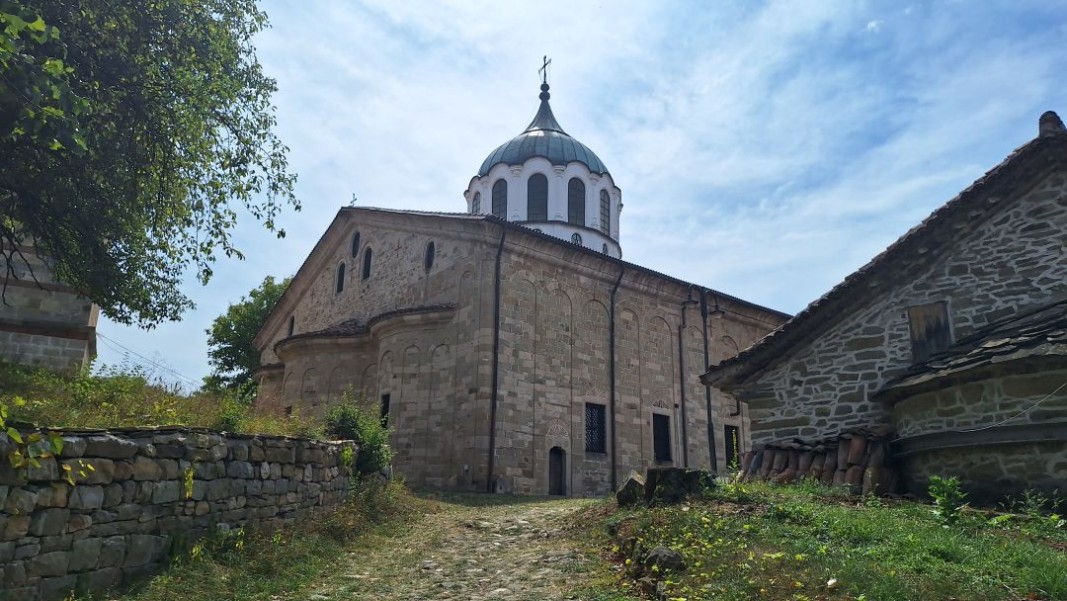
The Church of the Assumption of the Blessed Virgin Mary is one of the undisputed landmarks of Elena - a unique monument of architecture and art from the Bulgarian National Revival period. It was built on the site of an old chapel on the initiative of wealthy citizens of Elena. Its construction began in 1836 and was completed in 1838.
With its impressive dimensions (33 meters long, 21 meters wide, 25 meters high), the church is one of the most significant representatives of church construction during the Bulgarian National Revival. It was the largest church in all of northern Bulgaria until the Liberation of Bulgarian in 1878 and one of the largest in the country to this day.
Its construction was the work of master builder Miho from the Gorni Bolertsi hamlet, near Elena.
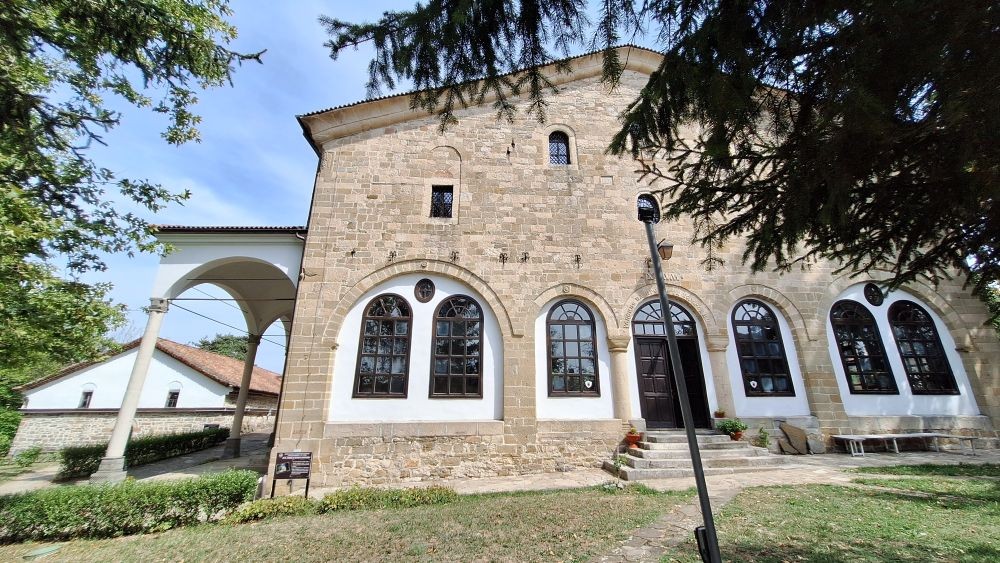
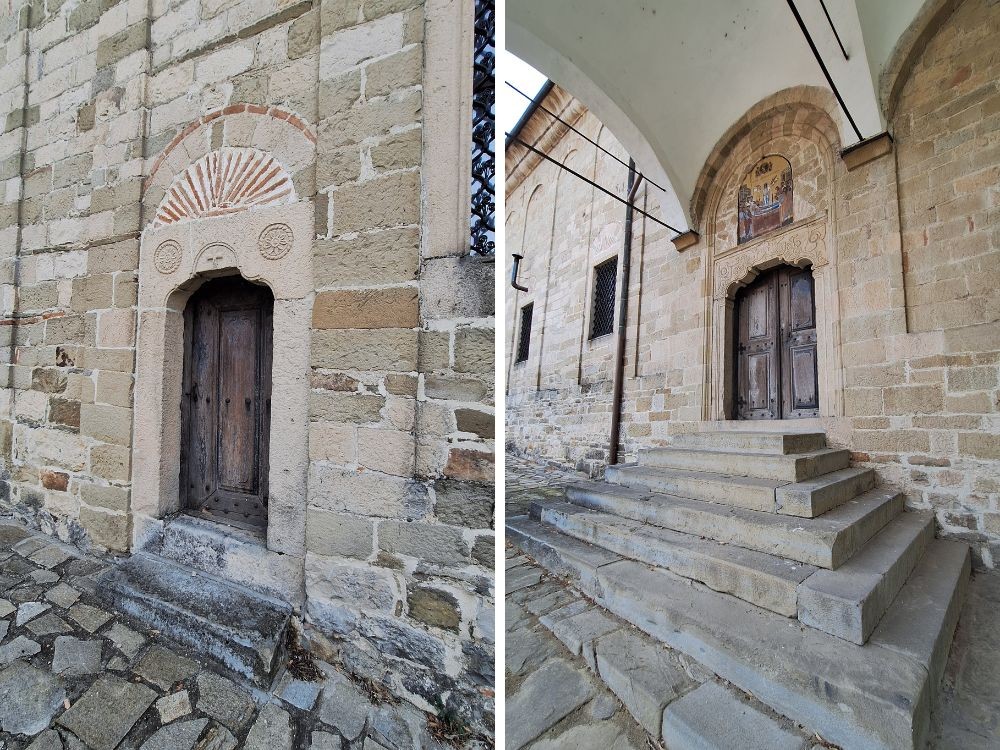
The bell tower to the church of the Assumption of the Theotokos was built in 1912.
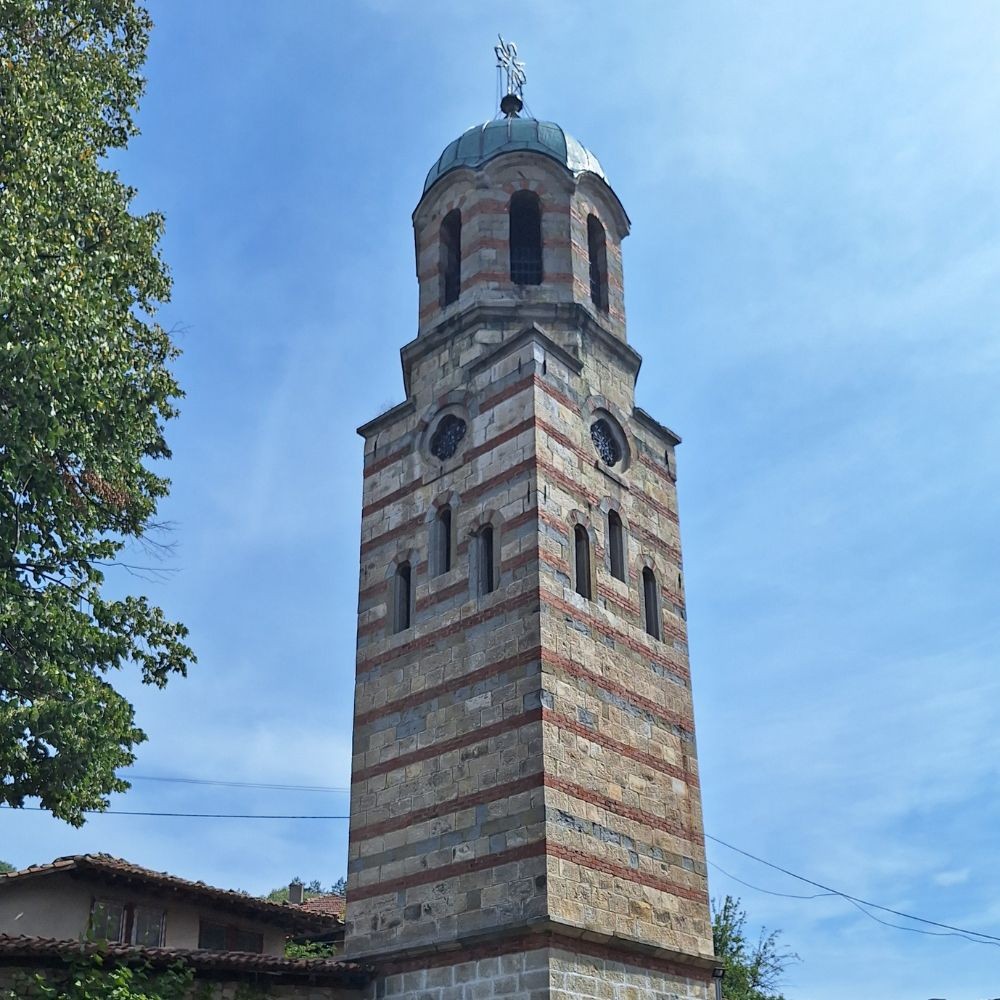
Another landmark in Elena is the Clock Tower, built in 1812 by an unknown master and rising to a height of 12.5 m.

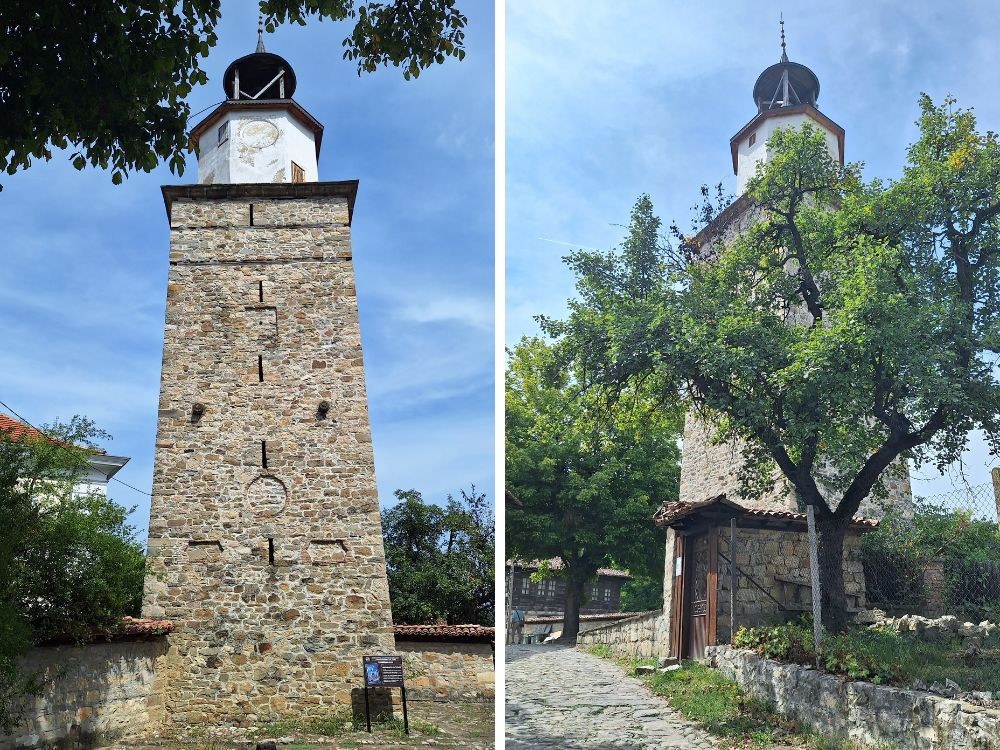
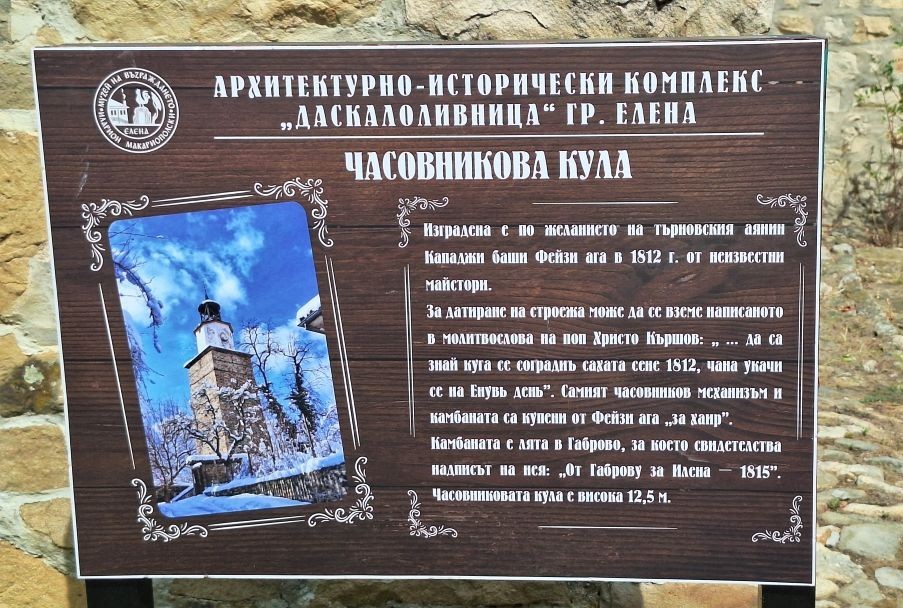
Immediately next to it is the monument to the American journalist Januarius McGahan, who played an important role in covering the atrocities during the suppression of the April Uprising of 1876 and who was an ardent defender of the Bulgarian national cause.

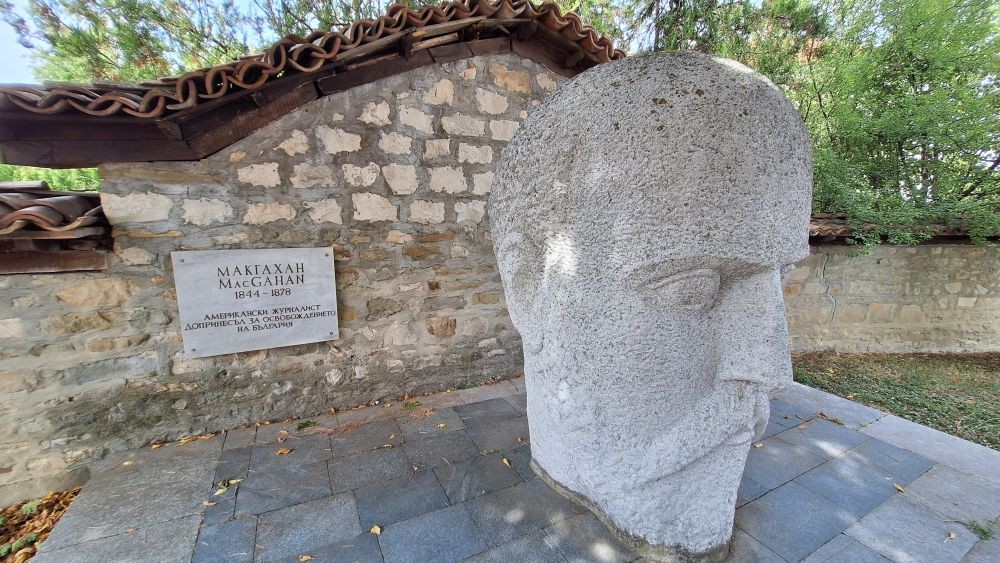
In 1868, McGahan arrived in Europe and settled in Brussels. After the suppression of the April Uprising (1876), he did invaluable work in defense of the Bulgarian people. As a correspondent for the Daily News, Januarius McGahan, together with the secretary of the US delegation and consul general in Constantinople, Eugene Schuyler, visited the rebellious Bulgarian villages. He established the exact number of those killed as well as the burned villages, churches and monasteries. The results of this study were published in letters and reports on the atrocities of the Turks.
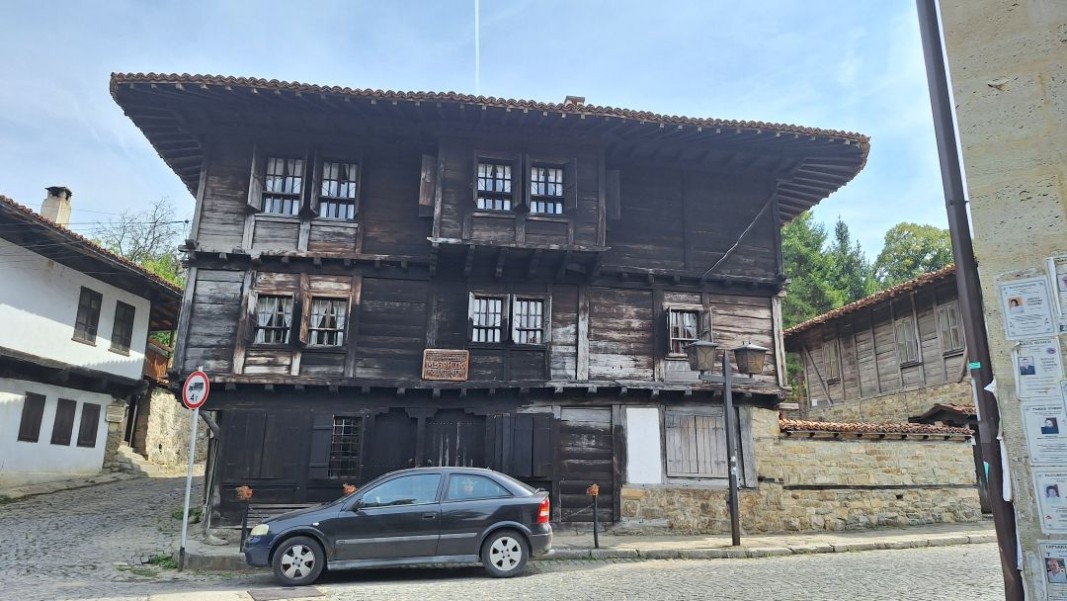
A curious fact is that Elena is also home to a Museum of Paleontology at Sofia University "St. Kliment Ohridski". It is housed in the Popnikolova House - one of the oldest buildings in the town from the period of the Bulgarian National Revival dating to the 1830s..
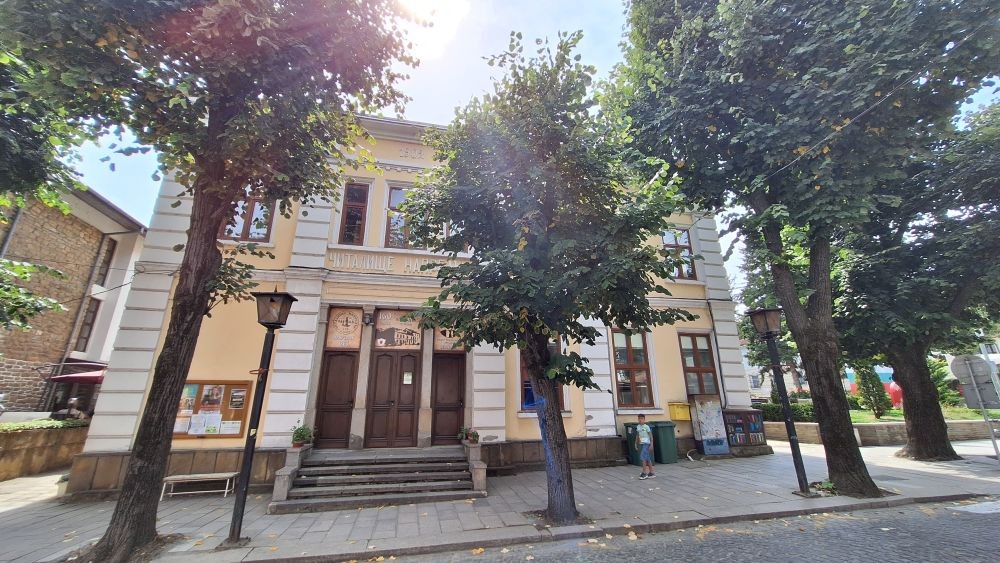
The local chitalishte (community cultural center) "Napredak-1863" is located on the main street close to the central town square.
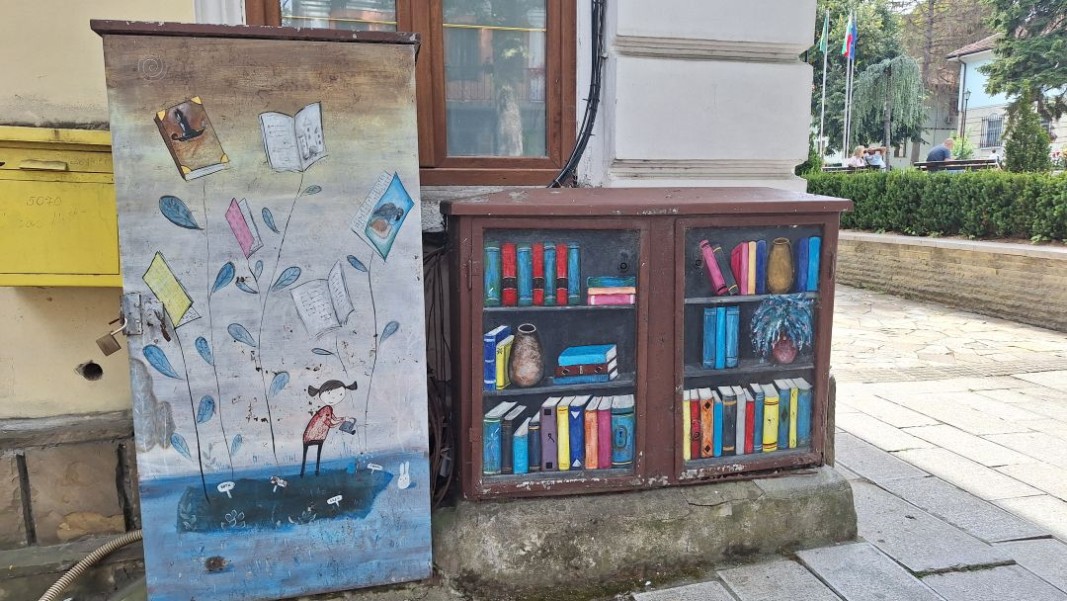

The art gallery in Elena is housed in a building originally erected in 1874 for a school. It burned down in 1877, during the War of Liberation. It was rebuilt in 1880 at the initiative of the vigilant citizens of Elen and functioned as a school until 1988, when a second fire destroyed the building and only the stone foundations remained.
The restoration and transformation of the school into an art gallery began in 2019.
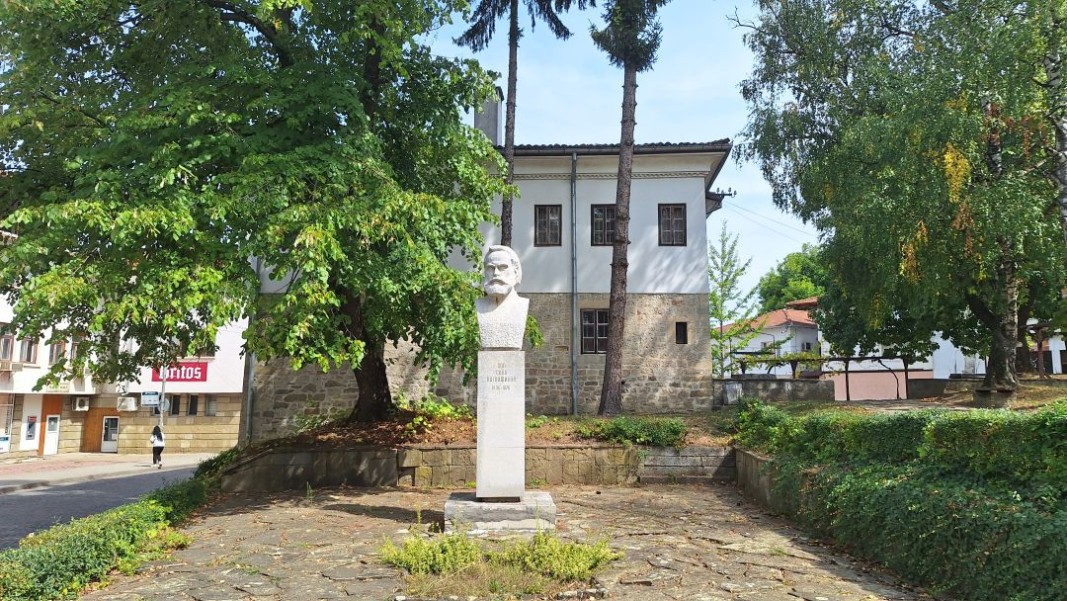


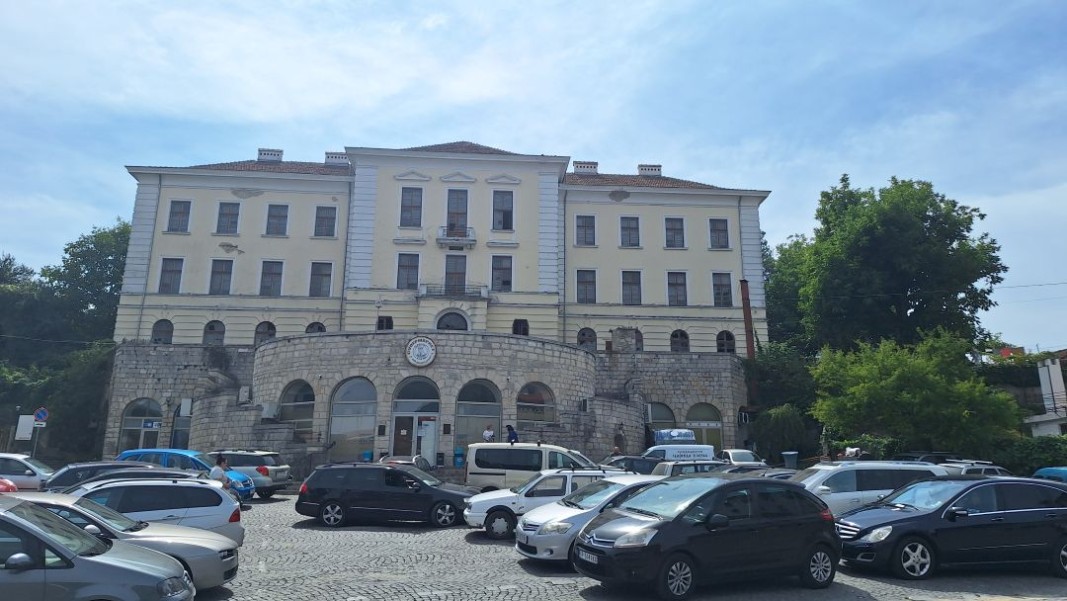
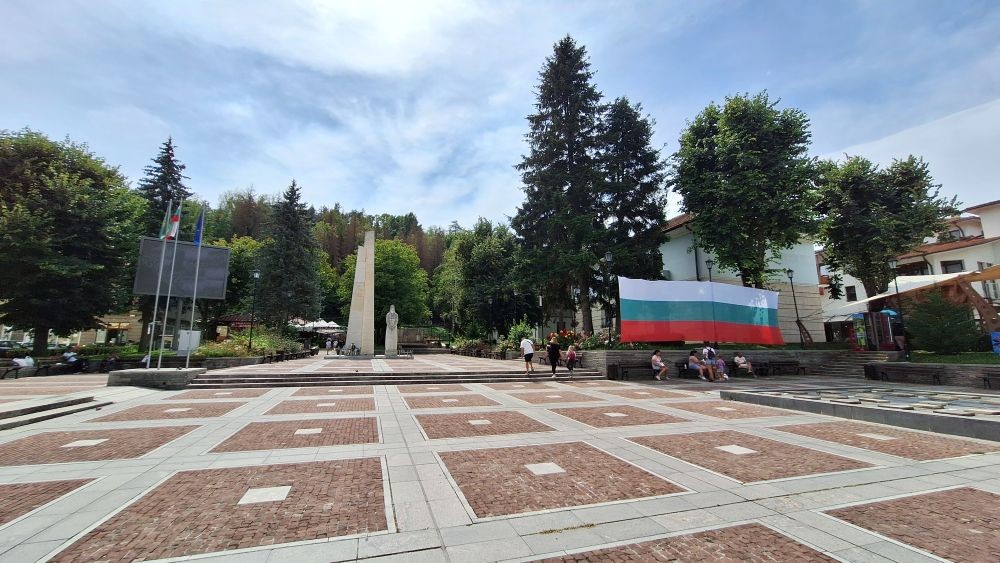
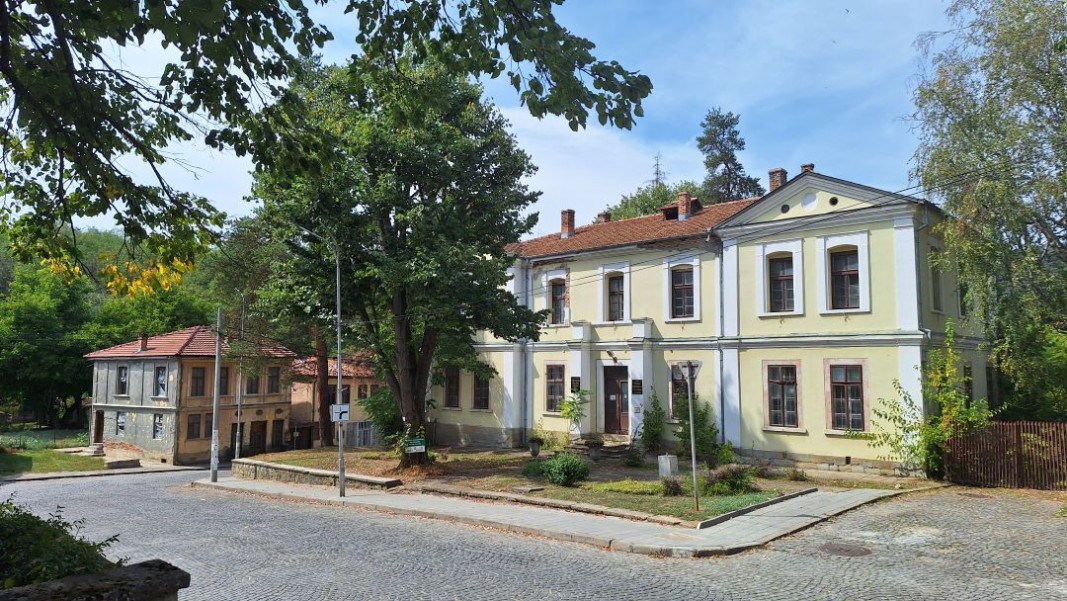
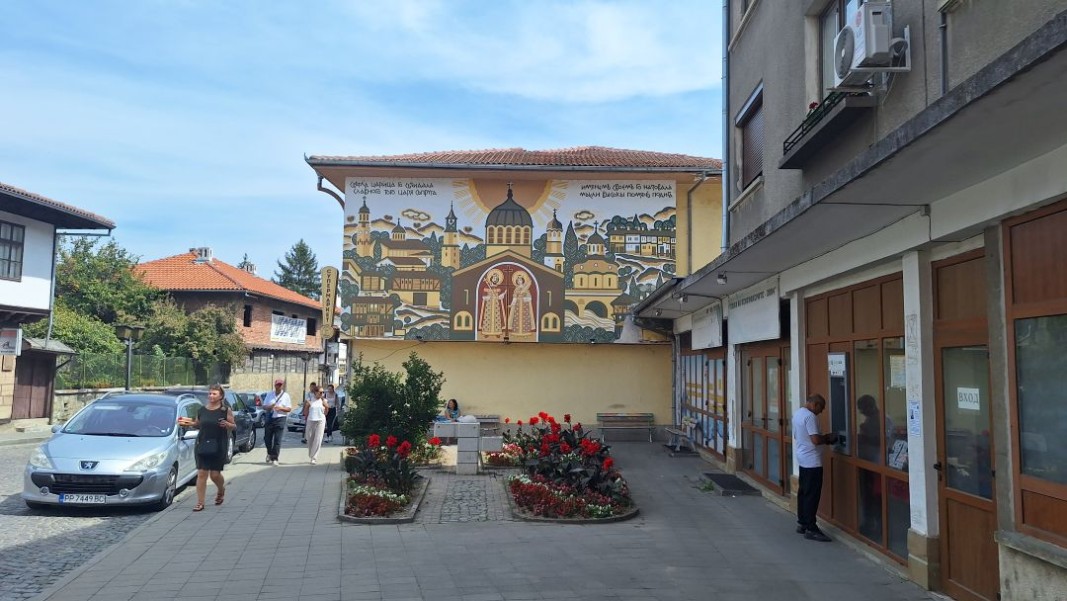
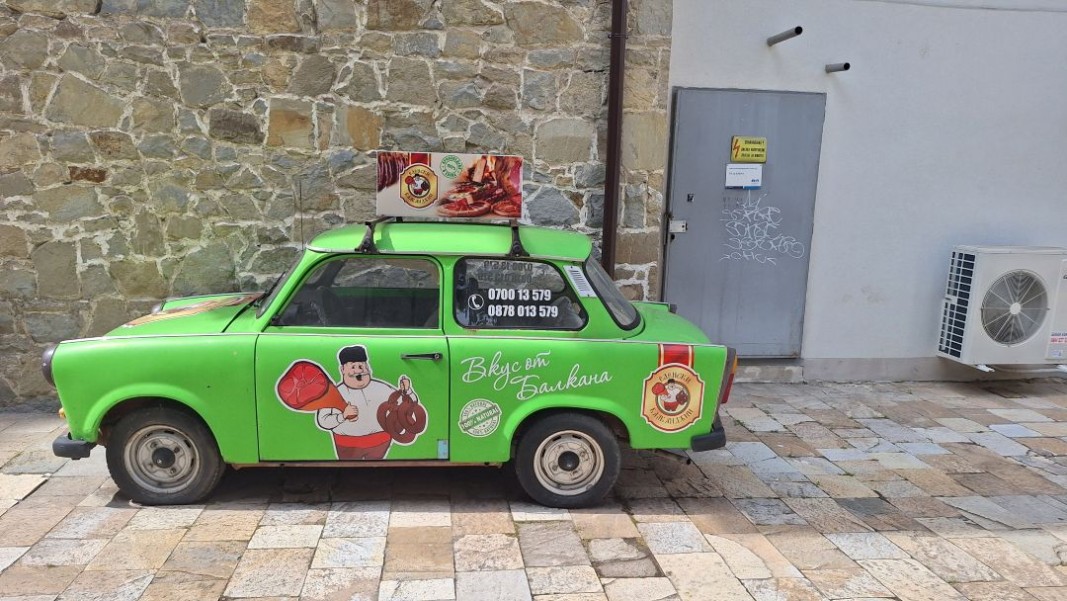
Read also:
Photos: Rositsa Petkova
Edited and published by Rositsa Petkova
Последвайте ни и в Google News Showcase, за да научите най-важното от деня!

